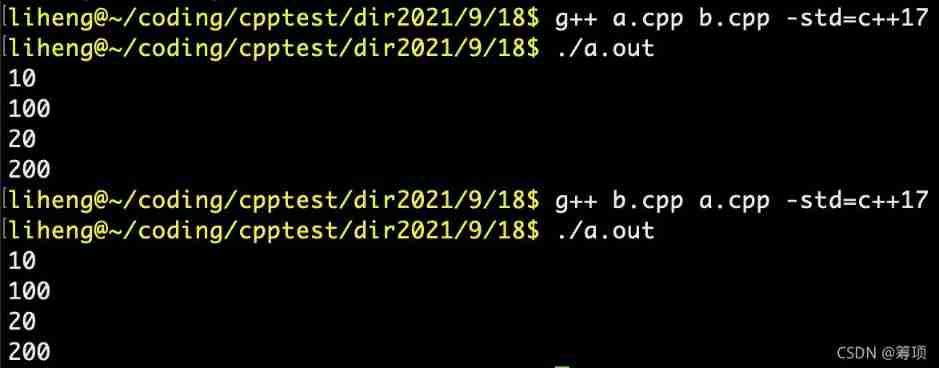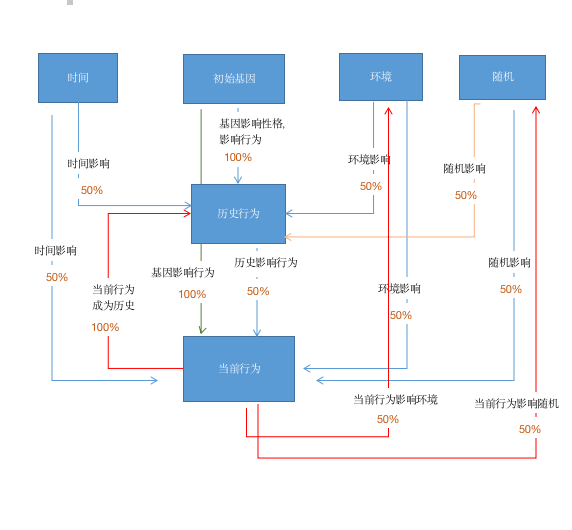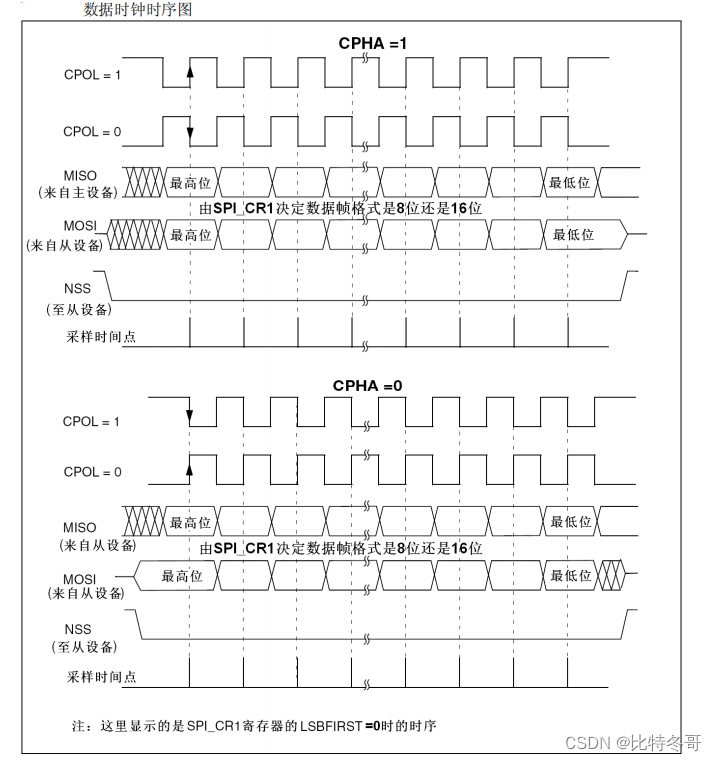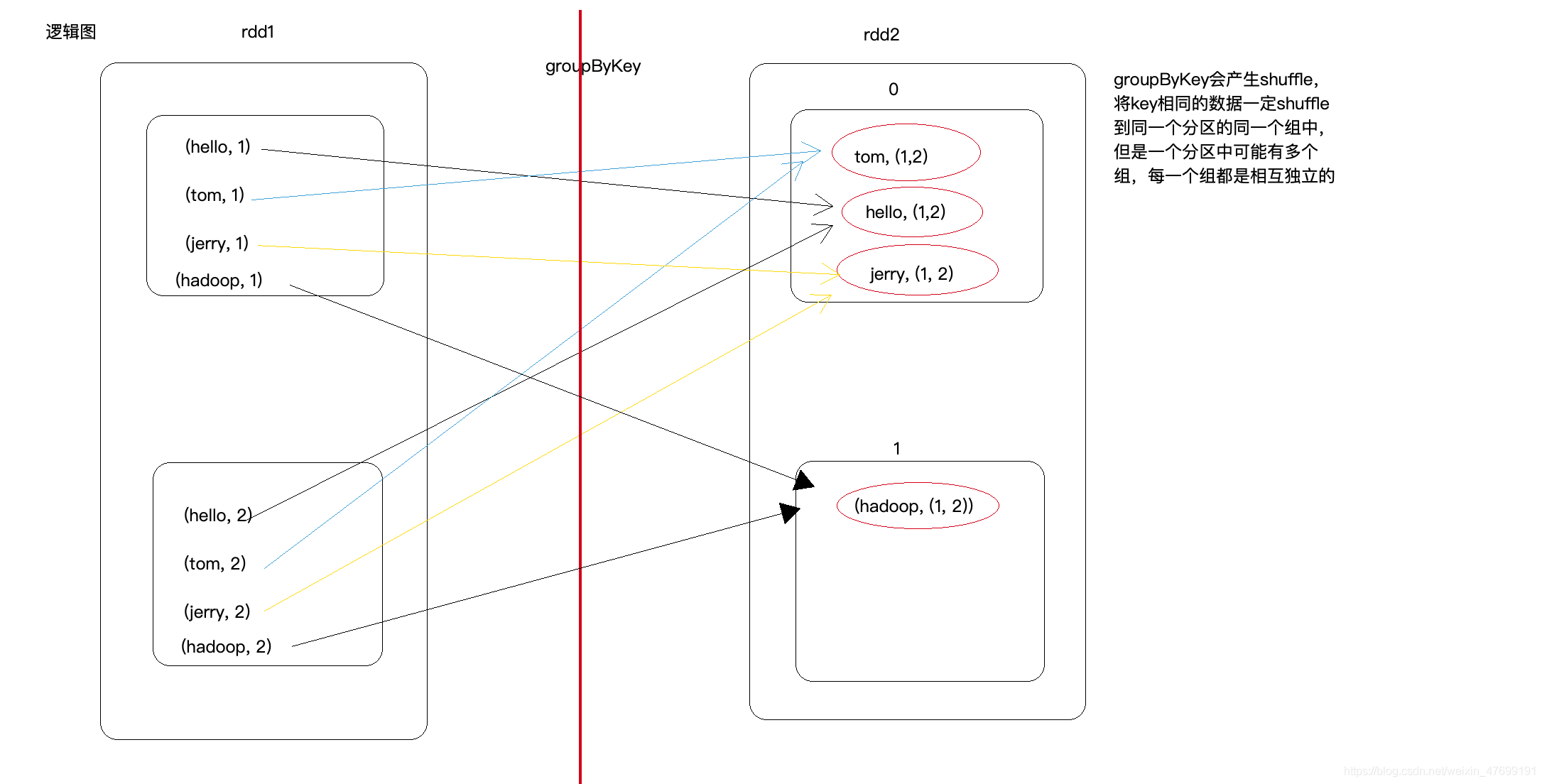当前位置:网站首页>LeetCode 0107. Sequence traversal of binary tree II - another method
LeetCode 0107. Sequence traversal of binary tree II - another method
2022-07-05 06:10:00 【Tisfy】
【LetMeFly】107. Sequence traversal of binary tree II
Force button topic link :https://leetcode.cn/problems/binary-tree-level-order-traversal-ii/
Give you the root node of the binary tree root , Returns its node value Bottom up sequence traversal . ( That is, from the layer where the leaf node is to the layer where the root node is , Traversal layer by layer from left to right )
Example 1:

Input :root = [3,9,20,null,null,15,7] Output :[[15,7],[9,20],[3]]
Example 2:
Input :root = [1] Output :[[1]]
Example 3:
Input :root = [] Output :[]
Tips :
- The number of nodes in the tree is in the range
[0, 2000]Inside -1000 <= Node.val <= 1000
Method 1 : Priority queue
And The previous method Different , This time I decided not to use pair<TreeNode*, int>, But directly TreeNode* The team .
If you don't understand, you can read the previous blog first :https://letmefly.blog.csdn.net/article/details/125584554
that , period int Number of layers of type , How to determine which nodes belong to the same layer ?
It's also very simple , When the queue is not empty , Record the total number of elements in the queue , The number of these elements is the number of nodes in the current last layer .
then , We use a cycle , Add all these elements to the same layer of the answer ( At the same time, join the child nodes ) that will do .
- Time complexity O ( N ) O(N) O(N), among N N N Is the number of nodes .
- Spatial complexity O ( N 2 ) O(N2) O(N2), among N 2 N2 N2 Is the number of nodes in the layer with the most nodes .
AC Code
C++
class Solution {
public:
vector<vector<int>> levelOrderBottom(TreeNode* root) {
vector<vector<int>> ans;
queue<TreeNode*> q;
if (root)
q.push(root);
int layer = -1;
while (q.size()) {
ans.push_back({
});
layer++;
int thisLayerNum = q.size();
while (thisLayerNum--) {
TreeNode* thisNode = q.front();
q.pop();
ans[layer].push_back(thisNode->val);
if (thisNode->left)
q.push(thisNode->left);
if (thisNode->right)
q.push(thisNode->right);
}
}
reverse(ans.begin(), ans.end()); // Be careful , Here is the question, which requires you to traverse from the last level , therefore reverse The following . Under normal circumstances, the level traversal does not need reverse Of
return ans;
}
};
Synchronous posting on CSDN, Originality is not easy. , Reprint please attach Link to the original text Oh ~
Tisfy:https://letmefly.blog.csdn.net/article/details/125610699
边栏推荐
- leetcode-6109:知道秘密的人数
- shared_ Repeated release heap object of PTR hidden danger
- Leetcode-6109: number of people who know secrets
- [rust notes] 13 iterator (Part 2)
- R语言【数据集的导入导出】
- Control unit
- 2022 pole technology communication arm virtual hardware accelerates the development of Internet of things software
- Introduction to convolutional neural network
- Real time clock (RTC)
- PC register
猜你喜欢

Navicat連接Oracle數據庫報錯ORA-28547或ORA-03135

Scope of inline symbol

Implement a fixed capacity stack

LaMDA 不可能觉醒吗?
![Introduction to LVS [unfinished (semi-finished products)]](/img/72/d5a943a8d6d71823dcbd7f23dda35b.png)
Introduction to LVS [unfinished (semi-finished products)]

SPI 详解

Spark中groupByKey() 和 reduceByKey() 和combineByKey()

shared_ Repeated release heap object of PTR hidden danger

网络工程师考核的一些常见的问题:WLAN、BGP、交换机

SPI details
随机推荐
Appium自动化测试基础 — Appium测试环境搭建总结
【Rust 笔记】16-输入与输出(上)
The sum of the unique elements of the daily question
1040 Longest Symmetric String
leetcode-3:无重复字符的最长子串
[jailhouse article] jailhouse hypervisor
R语言【数据集的导入导出】
Daily question 1688 Number of matches in the competition
Binary search template
Leetcode-556: the next larger element III
One question per day 1447 Simplest fraction
1.13 - RISC/CISC
[article de jailhouse] jailhouse hypervisor
MatrixDB v4.5.0 重磅发布,全新推出 MARS2 存储引擎!
做 SQL 性能优化真是让人干瞪眼
leetcode-22:括号生成
In this indifferent world, light crying
7. Processing the input of multidimensional features
leetcode-6108:解密消息
R language [import and export of dataset]